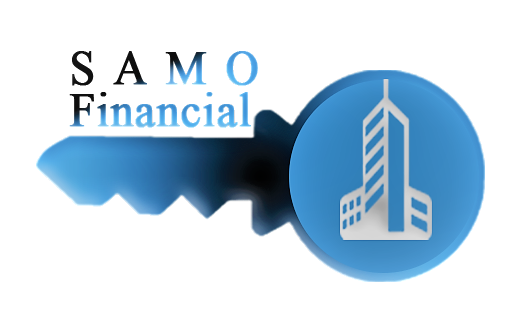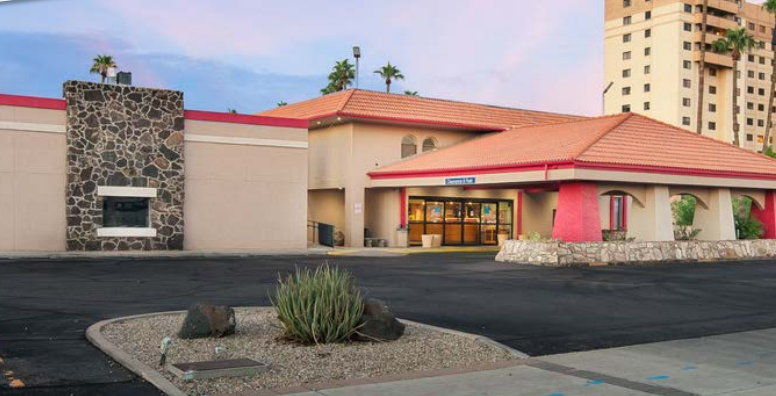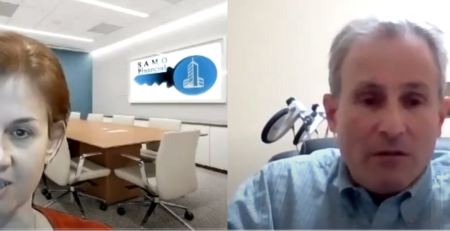How to capitalize on pandemic-induced hotel demise
How to capitalize on pandemic-induced hotel demise
If you missed Big Mike’s and my webinar about hotel conversions, I suggest you give it a look! We’ve discussed hotel investing in the past, and this webinar was the first time we dived into the details of hotel conversions. This concept has been around for some time, but the current unique situation created an enticing opportunity. And although just like every other project in real estate requires to upfront capital, investing in such deals through our fund can allow you to further capitalize on these opportunities before they disappear. Check out the full webinar here or read on below!
COVID-19 is no doubt a blight on society and detrimental to our health, our families, communities, and our economy, but we cannot let it beat us! But among the induced chaos, in many cases the COVID-19 pandemic has also inadvertently created multiple opportunities. The pandemic has taken a heavy toll on the hospitality industry, in particular decimating extended stay hotels. Furthermore, many hotels were underperforming even prior to the pandemic, so the pandemic only accelerated their troubles and COVID-19 was simply the straw that broke the camel’s back.
And while some hotels are re-opening, according to a McKinsey & Company’s article dated June 10, 2020, a study of the hotel-industry suggests that recovery to pre-pandemic levels could take until 2023 or later to achieve.
Hence, hotel occupancy and profits will continue to struggle for at least two to three years. For many hotel owners, that’s just too long to wait, and some will be forced to sell their properties at a steep discount or hand the keys over to their lenders.
Unlike hospitality, however, multifamily is in high demand, and that’s especially true of workforce housing. Many apartment developers have largely focused on Class A properties where premium rents can justify the higher construction costs. Meanwhile, affordable-housing options have dwindled. There is ready-made demand for workforce housing that a vacant or failing hotel could potentially fill. Provided that the hotel property is the right fit for a conversion, a few various sources of capital will finance these kinds of projects, including banks, debt funds and local private money lenders.
Interestingly enough, long-term, permanent housing is in extremely high demand right now and provides a very lucrative opportunity for investors. Not only that, but many metropolitan areas, traditionally have lacked good long-term housing within their cities and such housing is not easily constructed. Conversion of underperforming hotel properties to high demand, affordable multifamily housing, is an obvious win-win for all involved, the potential tenants, the operators undertaking it and us investors. Many hotel properties even have much of the needed facilities, such as kitchens, baths, living areas already in place, so construction is not necessary through conversion and can be completed for a much lower cost.
So, let’s take a look at what exactly this type of conversion may present?
The opportunity entails two-step process:
- Buying hotels in a distressed (underutilized) state in the area with apartments demand
- Converting such hotels into multifamily
To implement hotels conversion the following steps would have to be followed:
- Finding a hotel either offered through REO (bank-owned) or a short sale
- Detailing the plan for conversion including renovations
- As the units get renovated, start leasing them up
- Once the property is stabilized, refinance it
- Hold it as a cash-flowing asset or sell to the right buyer
While it may sound easier than many types of conversions, the operator must be very experienced to execute this type of strategy. So, let’s not sugarcoat this: converting a hotel is no easy task. You’re taking a building with a specific business model and repurposing it for another use.
So, the strategy is to:
- Find low rise hotels
- Buy them at a discount
- Work on kitchen-area retrofitting and combining of rooms to increase square footage
- In some cases, the hotel units maybe split up into either efficiencies or one bedroom or even two bedrooms depending on the demand in a particular geographic location
For instance, Tempo Growth Fund incorporates many of these hotel-to-multifamily conversion strategies, allowing the fund to achieve much higher-than-average internal rates of return. Not only that, but much of the returns are also generated through equity, minimizing tax burdens through capital gains rates. This investment also allows us to take advantage of significant depreciation, indirectly increasing the return on your investment.
Prior to considering to purchase and convert a hotel an operator must determine whether a conversion is feasible for the property. Among extensive assessment through detailed studies, an operator’s team asks questions such as:
- What is the macroeconomic environment of the area: employment, income growth, population growth, demographic characteristics?
- What is the current and future market demand?
- What is potential competition?
- What are the state and local regulations to consider?
- What are the potential costs associated with this investment?
The studies are typically conducted to determine whether the conversion is feasible and whether it is worth pursuing.
The studies to answer such questions include, but not limited to:
- Highest and Best Use Analysis
- Property Feasibility Study
- Market Feasibility
- Site Suitability
- Physical Feasibility
- Financial Modeling
When bringing such conversion projects into our fund, we also consider the the risks associated with these types of investments, and ensure that we have mitigation strategies in place for them. Such risks may be comprised of the following:
- Risk #1: cost and time; mitigation strategy includes conservative underwriting, buffered budget and higher than usual capital reserves.
- Risk #2: zoning; mitigation strategy includes performing feasibility study and obtaining permission to convert prior to purchase closing.
- Risk #3: complexity to convert; mitigation strategy includes hiring a highly experienced developer, and selecting a hotel type that allows for an easier conversion, e.g., extended stay.
- Risk #4: Future cashflows / value (“Pro-forma”); mitigation strategy includes underwriting conservatively, specifically well below re-construction cost.
- Risk #5: competition; mitigation strategy includes selecting the location that naturally fits as a multifamily property in a residential neighborhood.
- Risk #6: investment concentration; mitigation strategy includes diversifying your portfolio among a number of various other investments types, locations, and/or investment strategies.
To learn more about how we leverage hotel-to-multifamily conversion strategies, or to learn more about our funds, such as the Tempo Growth Fund, please review our webinar here.
Moreover, I would be happy to explain these strategies more in depth, as well as offer more detail on current projects that comprise the Tempo Growth Fund.
Have you thought about passively building your wealth via real estate investing?
Let’s talk











